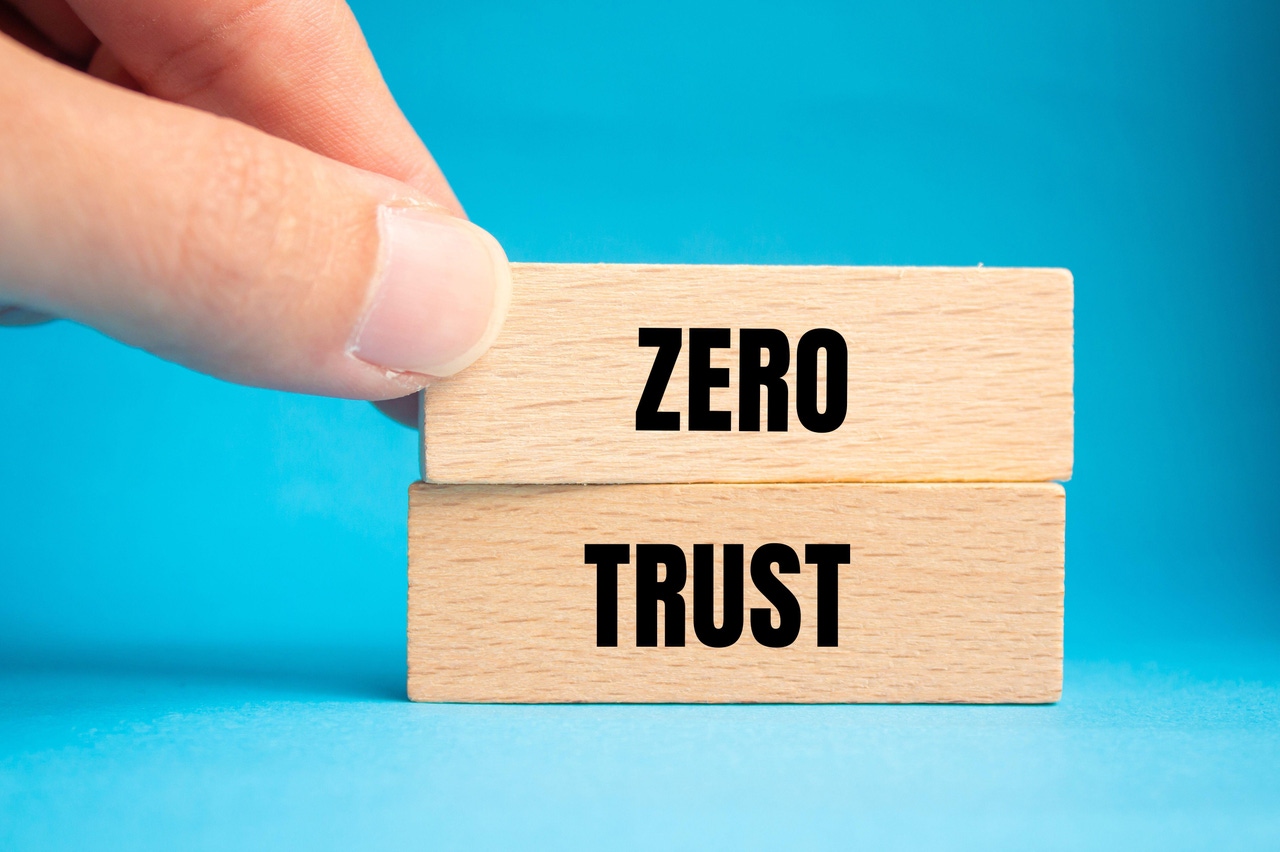The Role of Zero Trust Network Access Tools in Ransomware RecoveryThe Role of Zero Trust Network Access Tools in Ransomware Recovery
Ransomware attacks have become one of the most prevalent and damaging forms of cyber threats in recent years, with organizations of all sizes facing their devastating effects. Zero Trust Network Access has emerged as a cornerstone of modern cybersecurity strategies.
October 14, 2024

Ransomware attacks have become one of the most prevalent and damaging forms of cyber threats in recent years, with organizations of all sizes facing their devastating effects. In the aftermath of an attack, organizations are often left scrambling to restore operations, manage reputational damage, and, most critically, recover their systems securely.
In this high-stakes environment, the concept of Zero Trust Network Access (ZTNA) has emerged as a cornerstone of modern cybersecurity strategies. Unlike traditional perimeter-based security models like Virtual Private Networks (VPNs), which often leave gaps for sophisticated attacks, ZTNA operates on the principle that trust should never be assumed. Every access request is verified explicitly, ensuring that only authenticated and authorized users can access specific resources. This makes ZTNA a critical tool in ransomware response and recovery strategies.
How Zero Trust Helps
ZTNA can help organizations enhance their security posture, expedite recovery processes, and mitigate the risks associated with ransomware attacks in several notable ways:
Immediate isolation and containment
One of the most critical steps in responding to a ransomware attack is isolating the infected systems to prevent the spread of malware. ZTNA excels in this aspect by allowing organizations to quickly segment access to critical resources. By enforcing strict access controls, ZTNA can isolate compromised systems, ensuring that only trusted users can interact with the recovery environment.
During a ransomware incident, time is of the essence. ZTNA enables IT teams to swiftly revoke access to compromised credentials and devices, limiting the attack’s impact and preventing further damage. The ability to dynamically adjust access policies in response to real-time threat intelligence is a key factor in containment efforts.
Secure access to critical systems
Ransomware recovery often involves accessing backup systems, forensic tools, and other critical resources. Ensuring that these systems are not only accessible but secure from further compromise is paramount. ZTNA provides a secure, encrypted tunnel for access to these resources, backed by rigorous identity verification processes.
In practice, this means that even during the chaos of a ransomware recovery, organizations can maintain the integrity of their critical systems. Identity-based access controls ensure that only authorized personnel can access recovery tools and data, significantly reducing the risk of secondary attacks during the recovery process.
Maintaining business continuity
While recovery efforts are underway, maintaining business continuity is crucial. ZTNA supports this by enabling secure access for non-compromised users to continue their work, even if they are remote. This is especially important in scenarios where the primary network is compromised, and users need to access cloud-based or isolated applications to keep operations running.
By segmenting access and enforcing strict security policies, ZTNA ensures that business functions can continue with minimal disruption, all while the IT team focuses on recovering compromised systems.
Enhanced security and access control
By integrating with existing identity providers, Zero Trust Network Access ensures that only authenticated and authorized users can access specific applications. This identity-driven approach, combined with device posture assessments and real-time threat intelligence, provides a robust defense against unauthorized access during a ransomware recovery.
Moreover, ZTNA’s application-layer security means that even if a user’s credentials are compromised, the attacker would only gain access to specific applications rather than the entire network. This granular access control is crucial in containing ransomware attacks and preventing lateral movement across the network.
Scalability and flexibility
As a cloud-native solution, ZTNA can easily scale to meet the demands of organizations of all sizes, from small businesses to large enterprises. This scalability is particularly valuable during a ransomware recovery, where the need for secure access may fluctuate based on the number of systems and users involved. ZTNA’s flexibility also allows it to integrate with various IT environments, including hybrid and multi-cloud infrastructures. This adaptability ensures that organizations can deploy ZTNA without the need for significant changes to their existing setups, making it an ideal solution for dynamic environments.
User experience and administrative efficiency
From a user experience perspective, ZTNA offers a seamless and secure way for users to access the applications they need during a recovery process. Unlike traditional VPNs, which can be cumbersome and slow, ZTNA provides faster, more reliable access, even under high demand.
For administrators, ZTNA simplifies the management of access controls and security policies. The solution’s intuitive interface and integration with existing tools reduce the complexity of managing secure access during a ransomware recovery. This efficiency allows IT teams to focus on critical recovery tasks rather than being bogged down by administrative overhead.
A Final Word About Zero Trust
Organizations should consider ZTNA as a viable means to provide immediate, secure access to critical resources while maintaining the flexibility needed during a crisis.
The continued rise in ransomware attacks poses a significant threat to organizations, and improving their ability to respond and recover quickly is crucial. By implementing ZTNA, organizations can better isolate and contain ransomware attacks, secure access to recovery tools, and maintain business continuity during a crisis. The tool’s ability to provide secure, scalable access during a recovery process, combined with its real-time threat intelligence, makes it a critical component of any modern cybersecurity strategy.
About the Author
You May Also Like




